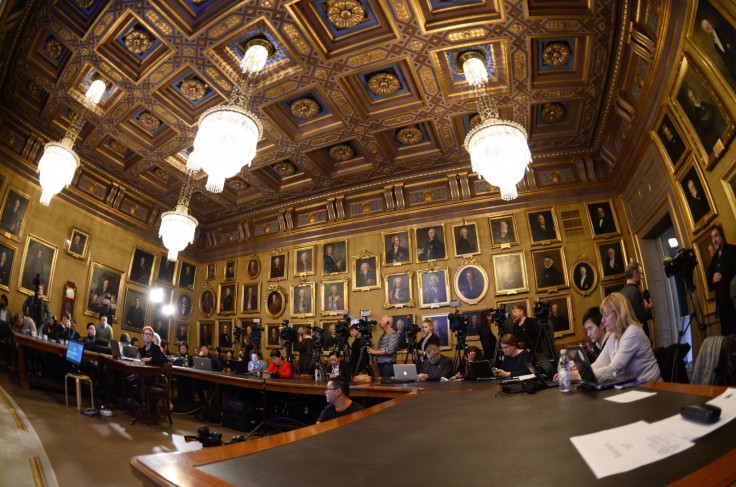Japanese LED Inventors Awarded Nobel Prize in Physics 2014

The scientists who invented blue light-emitting diodes (LEDs) have been awarded the 2014 Nobel Prize in Physics.
Isamu Akasaki, Hiroshi Amano and Shuji Nakamura were jointly awarded the prize "for the invention of efficient blue light-emitting diodes which has enabled bright and energy-saving white light sources".
Akasaki, Amano, Nakamura rewarded for inventing blue light-emitting diode, LED - a new energy-efficient light source. pic.twitter.com/rdzzF7FSIf
— The Nobel Prize (@NobelPrize) October 7, 2014The blue LED was recognised as an invention of greatest benefit to mankind because of the energy saving possibilities it led to. "Using blue LEDs, white light can be created in a new way. With the advent of LED lamps we now have more long-lasting and more efficient alternatives to older light sources," a statement said.
The first blue light beams were created by Akasaki, from Meijo University in Japan, Amano, from Nagoya University, Japan, and Nakamura from the University of California, in the early 1990s.

This transformed lighting technology, as the addition of blue light to red and green diodes already invented meant white lamps could be created, allowing for brighter, longer lasting and more energy efficient lamps.
Lights from LEDs are now used around the globe, from street lights, cars and smartphones. Nakamura described receiving the prize as "unbelievable".
Nobel said: "As about one fourth of world electricity consumption is used for lighting purposes, the LEDs contribute to saving the Earth's resources. Materials consumption is also diminished as LEDs last up to 100,000 hours, compared to 1,000 for incandescent bulbs and 10,000 hours for fluorescent lights.
"The LED lamp holds great promise for increasing the quality of life for over 1.5 billion people around the world who lack access to electricity grids: due to low power requirements it can be powered by cheap local solar power."
Commenting on the announcement, Professor Sir Colin Humphreys, from the University of Cambridge, said: "This is a tremendous achievement and Akasaki, Amano and Nakamura are very worthy winners. Their invention of efficient blue LEDs has paved the way for the development of bright, cost effective and, importantly, energy efficient white lighting.
"Their gallium nitride LEDs were grown on sapphire, which is an expensive material to use, but at Cambridge we have been able to build on their important work and develop very cost-effective LEDs grown on large silicon substrates, which should enable their widespread use in homes and offices."
© Copyright IBTimes 2025. All rights reserved.






















